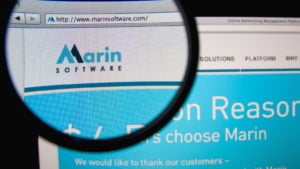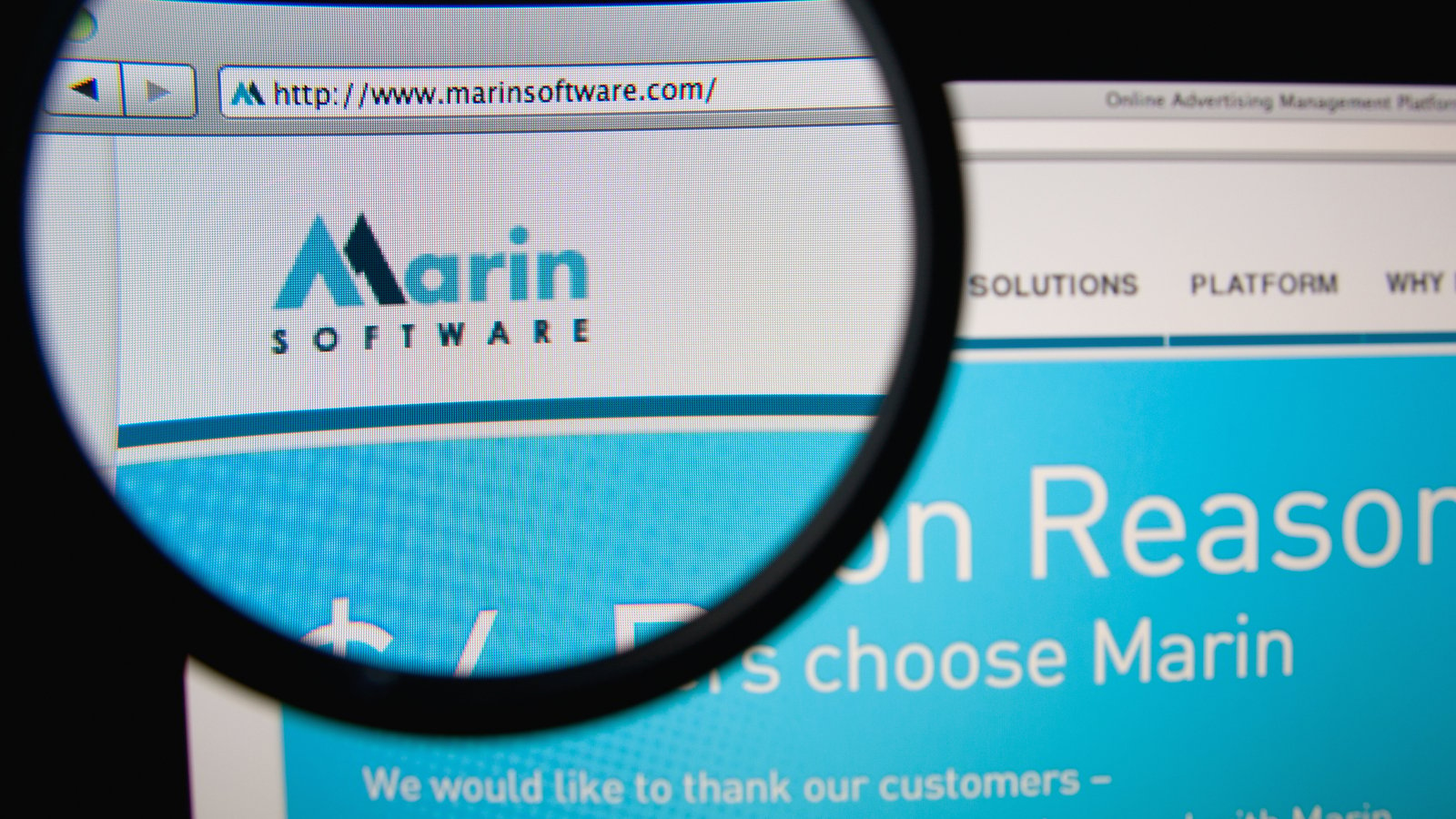Marin Software (NASDAQ:MRIN), which makes enterprise software for the advertising industry, cratered over the last month. I think it is likely to still drop further. MRIN stock closed at $14.45 on July 12 when I wrote that it was likely to drop much further. At the close on Aug. 12, it was at $5.67 and likely to keep on falling.

Since that previous article, Marin produced earnings on July 30 for the second quarter that were not that impressive. Sales fell 16% year-over-year to $6.1 million. Moreover, the company’s guidance for Q3 was that sales would be in the range between $5.5 million and $6 million. That does not imply any growth in sales at all.
Where This Leaves Marin Software
One good thing that Marin Software has going for it is the $14.4 million in cash, cash equivalents, and restricted cash on its balance sheet. However, compared to its $87 million market capitalization (based on its 15.4666 million shares outstanding as of July 23) this cash represents just 16.55% of its market value.
This means that its cash on a per-share basis is worth 93 cents (i.e. $14.344 million/15.4666 million shares). Now, normally I would determine what level of cash burn a company has and compare that with the amount of cash remaining. But in this case, I don’t think it matters too much. Here is why.
In Q2, Marin Software was almost cash flow positive. Although its six-months Cash Flow Statement shows that it lost $2.777 million during that period. However, in Q1 it lost $2.241 million, implying that the Q2 cash flow loss was half a million dollars (i.e. $0.536 million). After deducting capex spending in both quarters, the free cash flow loss in Q2 was roughly the same.
This is important since it implies that that run-rate cash burn is only about $2.2 billion or so (i.e., $543K x 4). So the company still has plenty of cash on its balance sheet to cover that burn. It could last 6.5 years at that rate. I would expect that it would become cash-flow positive sometime before then, so the issue of its cash being used up is moot.
Where This Leaves Marin Software Stock
Therefore, we can value Marin Software on its growth prospects, not just its assets. For example, at an $87 million market cap, MRIN stock trades for just 3.6 times its run rate of $24 million in annual sales (using $6 million per quarter as our estimate). Keep in mind that there are no analyst estimates for the company, probably because of its sub-$100 million market value. So we have to do our own valuation analysis.
This multiple does not seem too high, but the problem is Marin Software does not seem like a very high-growth company. That is because the Q3 estimate mentioned above is not higher than the Q2 revenue number.
This also implies that MRIN stock should probably just trade for 2 to 2.5 times sales. At 2.5 times $24 million sales we get $60 million. Compared to its $87 million market cap, this implies a further 31% drop. In other words, MRIN stock should trade for about $3.91 per share (i.e., 69% x $5.67 per share price today).
What to Do With MRIN Stock
In my last article, I recommended shorting MRIN stock, buying puts, or shorting out-of-the-money calls, given how overvalued it was at the time.
Now I suspect that the best course is to look for a bargain purchase opportunity. For example, start picking up shares at any price below $4 and then expect to average cost down. However, expect the stock will not move much higher until the company can prove that it is on a growth path. So far nothing I have read from Marin Software indicates it is on that path.
On the date of publication, Mark R. Hake did not own any security mentioned in the article. The opinions expressed in this article are those of the writer, subject to the InvestorPlace.com Publishing Guidelines.
Mark Hake writes about personal finance on mrhake.medium.com and runs the Total Yield Value Guide which you can review here.
